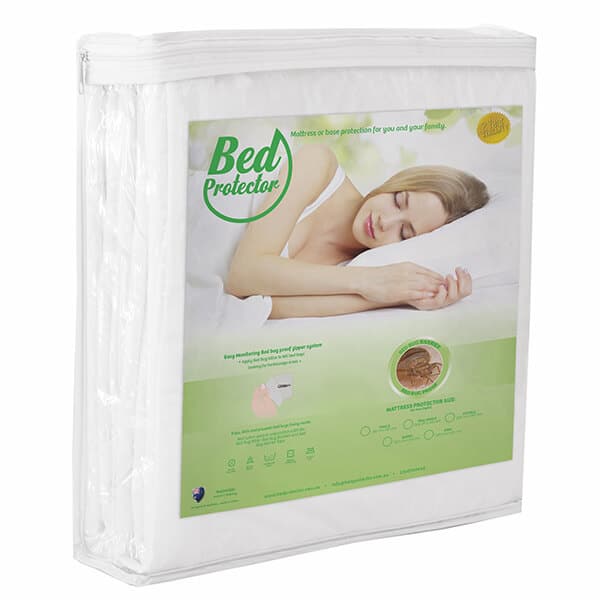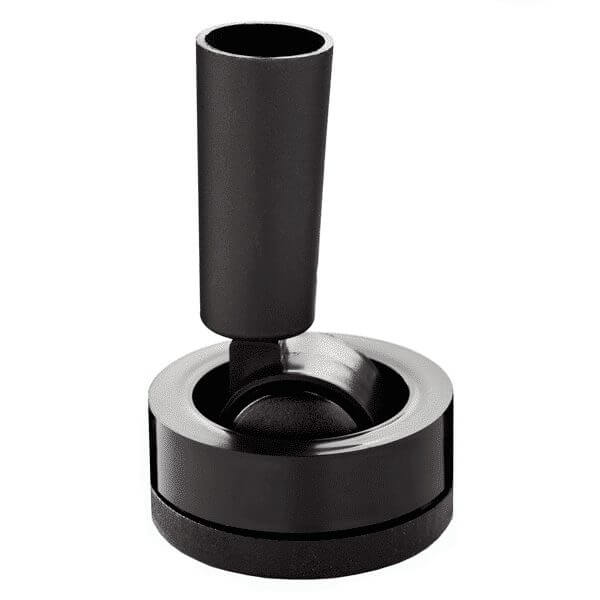
In the article
Last Updated on 28/02/2025 by Tony Abrahams
Waking up with itchy bites or spotting tiny bugs in your bed can be a nightmare. Bed bugs are a common problem, and one of the most recommended solutions is a bed bug mattress cover. But do bed bug mattress covers work?
In this blog, we’ll explore how bed bug mattress covers work, their effectiveness, and whether they’re worth the investment. We’ll also dive into how to choose the right cover, how to use it effectively, and answer some frequently asked questions.
What Are Bed Bug Mattress Covers?
Bed bug mattress covers, also known as encasements, are specially designed protective covers that zip around your mattress and ensemble base. They’re made from durable, tightly woven fabric that bed bugs can’t penetrate. These covers serve two main purposes:
- Trapping bed bugs inside: If your mattress is already infested, a cover can seal the bugs in, preventing them from feeding and eventually starving them to death.
- Creating a barrier: For bug-free mattresses, covers act as a protective shield, stopping bed bugs from making your mattress their new home.
These covers are often confused with regular mattress protectors, but they’re not the same. Regular protectors are designed to guard against spills, allergens, and dust mites, but they’re not built to withstand bed bugs. Bed bug mattress covers, on the other hand, are specifically engineered to keep these persistent pests at bay.

bed bug covers
How Do Bed Bug Mattress Covers Work?
The science behind bed bug mattress covers is simple but effective. Bed bugs are tiny, but they can’t bite through the tightly woven fabric of a high-quality cover. The zipper design is also crucial—it’s often bed bug-proof, meaning these pests can’t squeeze through the gaps.
If your mattress is already infested, the cover traps the bugs inside. Over time (and we’re talking months, since bed bugs can survive without feeding for up to a year), the trapped bugs will die. For those looking to prevent an infestation, the cover acts as a barrier, making it harder for bed bugs to settle in your mattress.
It’s important to note that bed bug mattress covers don’t kill bed bugs instantly. Instead, they create an environment where bed bugs can’t thrive, which is why they’re most effective when used as part of a broader pest control strategy.
Are Bed Bug Mattress Covers Effective?
Yes, bed bug mattress covers are effective—but with some caveats. They’re not a magic solution that will eliminate a bed bug infestation overnight. Instead, they’re one piece of the puzzle in a comprehensive bed bug management plan. Here’s what you need to know:
- They work best as part of a larger strategy: Combining mattress covers with regular cleaning, vacuuming, and DIY pest control treatments will yield the best results.
- They’re not instant: If you’re trapping bed bugs inside a cover, it can take several months for them to die.
- Quality matters: Not all mattress covers are created equal. Low-quality covers may tear or have zippers that bed bugs can escape through.
Studies have shown that bed bug mattress covers can significantly reduce the number of bed bugs in a home, especially when used correctly.
Benefits of Using Bed Bug Mattress Covers
- Protects your mattress: Bed bug mattress covers not only keep bed bugs out but also protect your mattress from spills, stains, and wear, extending its lifespan.
- Peace of mind: Knowing your mattress is shielded from bed bugs can help you sleep better at night—literally.
- Easy to use: Most covers are simple to install and require minimal maintenance.
- Cost-effective: Compared to replacing a mattress or paying for extensive pest control, a mattress cover is a relatively affordable solution.
- Hypoallergenic: Many bed bug mattress covers are also designed to block allergens like dust mites, making them a great choice for allergy sufferers.
- Discreet: Unlike chemical treatments, mattress covers are a non-invasive solution that doesn’t require you to leave your home or dispose of your mattress.
Limitations of Bed Bug Mattress Covers
While bed bug mattress covers are helpful, they do have some limitations:
- They don’t kill bed bugs immediately: If you’re dealing with an infestation, it can take months for trapped bugs to die.
- They won’t solve the entire problem: Bed bugs can hide in other areas of your room, like furniture, carpets, or walls. A mattress cover alone won’t eliminate them.
- Not all covers are created equal: Cheap or poorly made covers may not be effective, so it’s important to choose a high-quality product.
- Maintenance is required: You’ll need to inspect the cover regularly for tears or damage and ensure it stays properly sealed.
- They’re not a standalone solution: For best results, mattress covers should be used alongside other bed bug control methods.
How to Choose the Right Bed Bug Mattress Cover
Not all mattress covers are designed to keep bed bugs out. Here’s what to look for when shopping:
- Bed bug-specific: Make sure the cover is labeled specifically for bed bugs, not just allergens.
- Durable material: Look for tear-resistant fabric that bed bugs can’t penetrate. Polyurethane or vinyl layers are often used for added protection.
- Secure zipper: The zipper should be tight and bed bug-proof to prevent escapes. Some covers even have zipper guards for extra security.
- Certifications: Check for endorsements from pest control organizations or certifications that guarantee effectiveness.
- Proper fit: Measure your mattress and base to ensure the cover fits snugly. A loose cover can leave gaps for bed bugs to exploit.
- Breathability: Some covers are designed to be breathable, which can help regulate temperature and make sleeping more comfortable.
- Warranty: A good mattress cover often comes with a warranty, which can give you peace of mind about its durability and effectiveness.
Tips for Using Bed Bug Mattress Covers Effectively
To get the most out of your bed bug mattress cover, follow these tips:
- Install it correctly: Make sure the cover is fully zipped and sealed. Any gaps can allow bed bugs to escape or enter.
- Leave it on: Keep the cover on for at least a year to ensure all trapped bed bugs are dead.
- Combine with other methods: Use the cover as part of a broader bed bug control plan, including regular cleaning, vacuuming, and DIY treatments.
- Inspect regularly: Check the cover for tears or damage, and replace it if necessary.
- Wash bedding frequently: Bed bugs can hide in sheets and pillowcases, so wash them in hot water regularly.
- Use interceptors: Place bed bug interceptors under the legs of your bed to catch any bugs trying to climb up.
- Declutter your room: Reducing clutter eliminates hiding spots for bed bugs, making it easier to control an infestation.

Floor Barrier Bed Bug Interceptor
Frequently Asked Questions
1. Can bed bugs escape from mattress covers?
Not if the cover is high-quality and properly sealed. Always check the zipper and ensure there are no gaps.
2. Do I need to cover both the mattress and base?
Yes! Bed bugs can hide in both, so it’s important to encase both your mattress and box spring.
3. Can I wash a bed bug mattress cover?
Yes, you can but wait at least 12 months to make sure they are all dead inside.
4. How long does it take for trapped bed bugs to die?
Bed bugs can survive for over 12 months months without feeding, so it may take up to a year for all trapped bugs to die.
5. Will a mattress cover prevent bed bugs from entering my home?
No, a mattress cover only protects your mattress. To prevent bed bugs from entering your home, you’ll need to take additional precautions, such as inspecting secondhand furniture and luggage after traveling.
Conclusion
Bed bug mattress covers are a practical and effective tool for preventing and managing bed bug infestations. While they’re not a standalone solution, they play a key role in protecting your mattress and reducing the risk of bites. By choosing a high-quality cover and using it as part of a comprehensive bed bug control plan, you can enjoy peace of mind and a better night’s sleep.
If you’re dealing with a bed bug infestation, don’t hesitate to reach out to us for help. And if you’ve tried a bed bug mattress cover, share your experience in the comments below! Your insights could help others dealing with the same issue.
Are You Looking for an Organic DIY Treatment?
Watch Our DIY Treatment Video For An Ensemble Bed
Watch Our DIY Treatment Video For A Bed with Slats
If you have enjoyed our blog about, Do Bed Bug Mattress Covers Work?, then you might like to view our bed bug products.
Sources
PubMed: www.pubmed.ncbi.nlm.nih.gov
Journal of Economic Entomology: academic.oup.com/ee



Leave a Reply